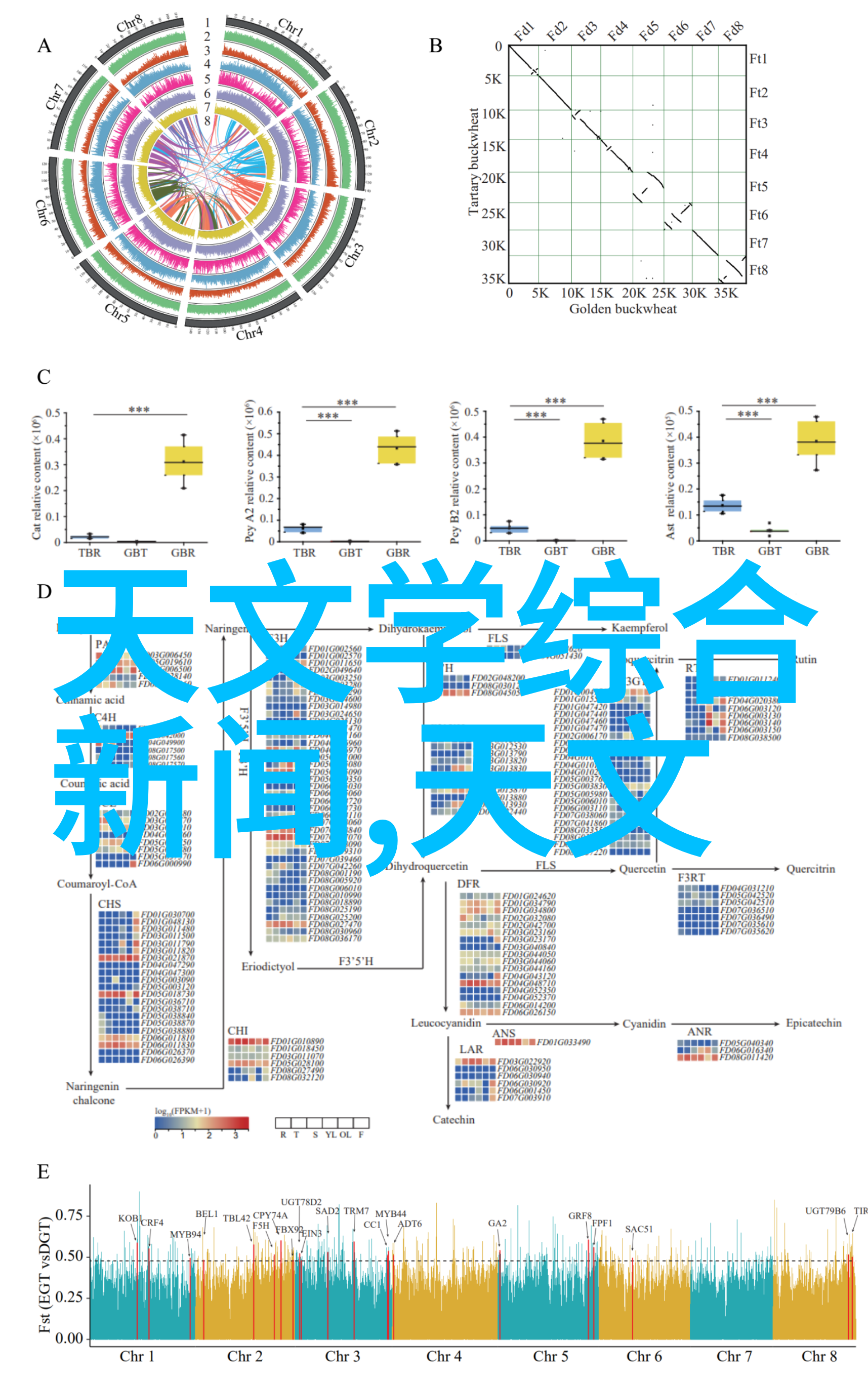Introduction

Acetylene, a colorless gas with a sweet, pungent odor, is commonly used in various industries such as welding and cutting tools due to its high reactivity and versatility. The acetylene bottles are filled with a mixture of gases that make them ready for use. However, what's inside these bottles? Let's explore the mysterious filler that makes acetylene bottles work.
What is Acetylene?

Before diving into the contents of an acetylene bottle, it's essential to understand what acetylene is. Acetylene (C2H2) is an unsaturated hydrocarbon gas produced through the reaction between calcium carbide and water at high temperatures. It has been widely used since its discovery in 1836 due to its ability to ignite easily when mixed with air or oxygen.
Contents of an Acetylene Bottle

The main component of an aceytlene bottle is indeed pure ethane (CH4), not just plain old air as one might assume! Ethane serves as a carrier gas which helps maintain pressure within the cylinder while preventing corrosion by protecting internal surfaces from moisture and other contaminants.
Importance of Carrier Gases

Carrier gases play a crucial role in ensuring safe usage of industrial gases like acetylene by maintaining proper pressure levels during storage or transportation processes without allowing any harmful substances to accumulate within cylinders or pipes throughout handling operations.
Effects on Welding Process

In welding applications where high-quality results are demanded most often, using purified grade A acetylene will provide better flame stability & less smoke production compared to impure grades B & C – thus improving overall performance efficiency!
Safety Precautions During Handling
It’s important not only know how your equipment works but also take all necessary safety precautions when working around flammable materials like acetylene-filled tanks: keep them away from heat sources; ensure proper ventilation; avoid smoking near these areas; use appropriate protective gear such as gloves & goggles etc., And always follow manufacturer guidelines regarding maintenance procedures too!
7 Conclusion
Now you know what goes into those seemingly simple-looking cylinders holding valuable resources for various tasks - pure ethane acting as both pressurizing agent against leaks plus anti-corrosive barrier inside cylinders themselves alongside being part-of-the-mix forming stable flames needed for successful welds!



